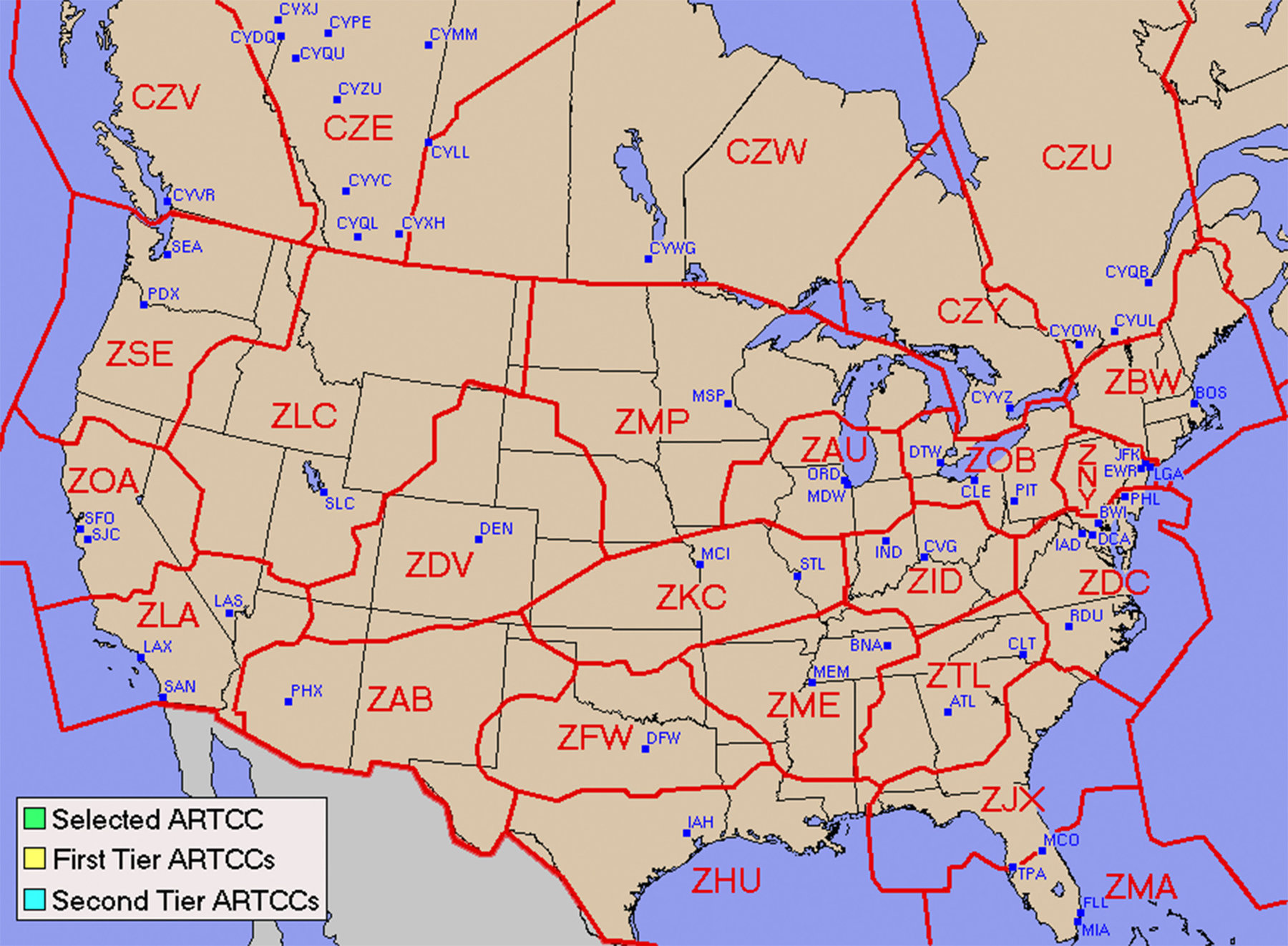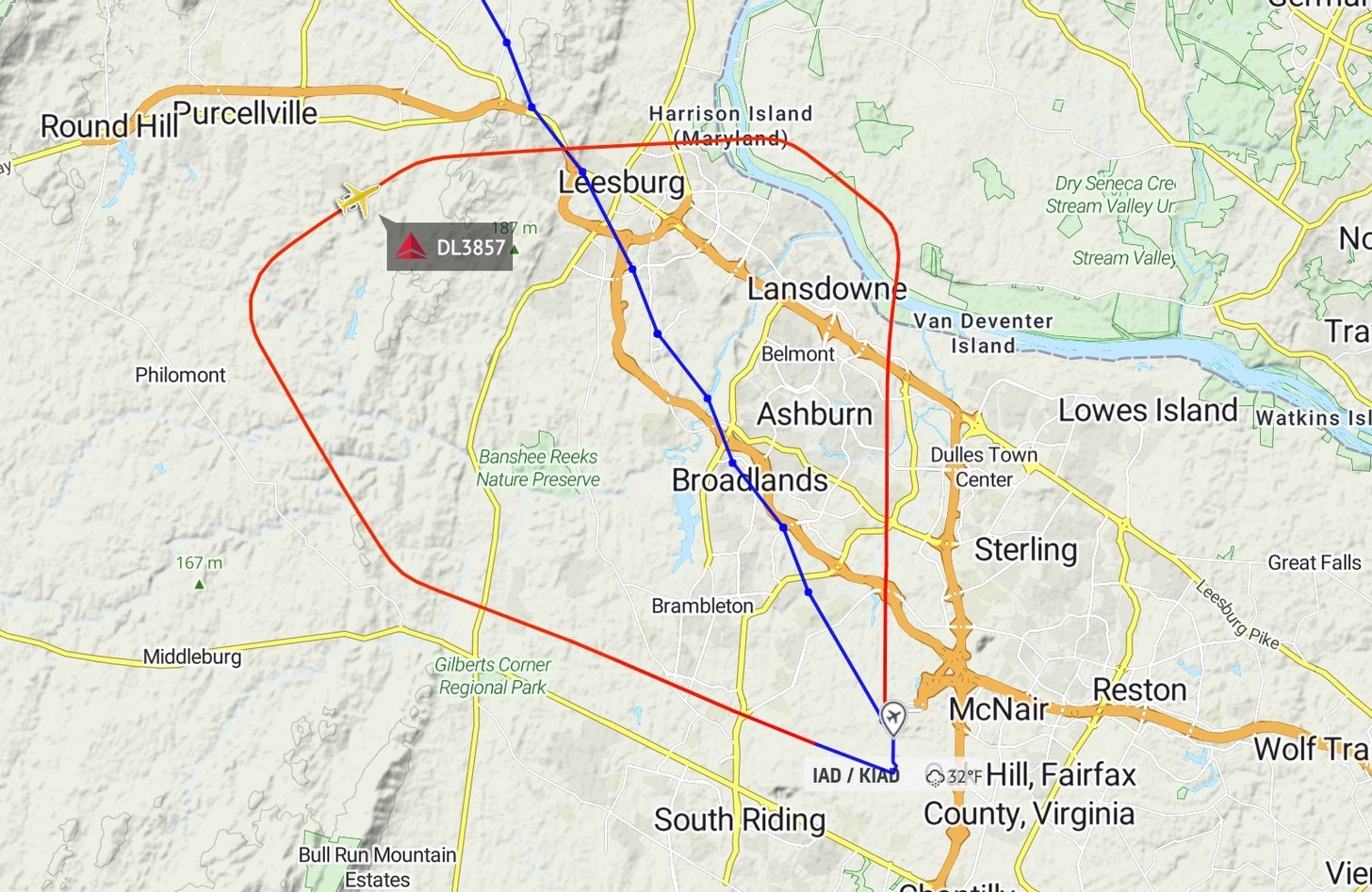When I fly on commercial airlines, I always try to listen to the air traffic controllers (ATC) on my headset. On United Airlines, that would be channel 9. After 9/11, channel 9 went quiet for many, many months. Then it occasionally, irregularly returned. When I would ask the flight attendants if they could turn it on, they would always respond, “I’ll ask the captain.” Either they never asked or the captain declined, but I never got my wish.
So imagine my delight when in our small plane, we could listen to the ATC on demand. We’ve logged many thousands of miles in the last 6 weeks, through more than 65 total hours aloft. I haven’t gotten to the point of recognizing specific local ATC voices yet, but I suppose that day might come.
There are three options for being in touch with ATC in a small plane. When flying on an instrument plan (officially “Instrument Flight Rules,” or IFR), which we do whenever there are clouds or otherwise not perfect weather, the radio is always on and we’re always communicating with the ATC because we’re following their instructions on where to go. On the other extreme is flying under visual flight rules, or VFR. If the weather is good and we stay away from certain big-city areas, we are flying on our own and don’t have to communicate with ATC at all. And then there is the sweet spot in between: if we’re in good weather, but in busy airspace (like most of the East Coast), we usually get “flight following”, which means the ATC keeps an eye on us and lets us know if there are other planes in our vicinity, but doesn’t direct our routing.
You never know what a day in the air will bring, but you can be sure that you’ll be witness to some kind of interesting, curious, or even dramatic events. Here are a few from our recent days in the air. [Below: the kind of place where you don’t need to talk with ATC if you don’t want.]

Surprising pilots: Exchanges with the ATC are predictable. The language is spare, almost catechismal in its patterns, and it leaves little room for ambiguity (as you would hope!).
“Denver Center, Cirrus four-three-five Sierra Romeo, six thousand” (meaning, “Hi Denver, you’re expecting us to check in, and this is a Cirrus airplane, call letters 4356SR, flying at 6000 feet.”)
And they answer:
“435 Sierra Romeo, Denver Center, Denver altimeter three-zero-zero-niner” (meaning, “Hi back atcha, and the atmospheric pressure, which you need to know to gauge your altitude, is 30.09).
I’m not a pilot (tales for another day) but I do practice doing routine things in the plane. Talking with the ATC is one of them. It’s fun; it’s oddly reassuring to make the contact; and if I have to do it on my own one day, I’ll know what I’m doing. What is not reassuring, is when the formulaic exchanges veer off script.
For example, on an August day, with some scattered storms around the Midwest, we were flying down the east coast of Lake Michigan, veering south around Chicago and heading west to South Dakota. We heard an ATC speaking distinctly, insistently to a clearly lost pilot:
ATC: “You need to head to MOTIF [an air-routing waypoint – these have five letters]; You need to deviate from Joliet.”
Pilot: “We are heading to MOTIF.”
ATC: “No, you’re not. You’re headed right for my holding stack at Joliet. You need to expedite course change to MOTIF!” (Exclamation point mine, but I heard it in the ATC’s voice. The drama, of course, is that the pilot was lost and heading straight for the planes circling and waiting to land at O’Hare, one of the world’s busiest airports).
ATC: [giving a new radio frequencey] 133 point 23
Pilot: 123 point 33
ATC: that’s 1-3-3-point-23
Pilot: 1-3-2-point-23
They lost me by that point, but the ATC must have felt things were OK because the transmissions stopped. [Below, sample screen shot of planes being followed by ATC, via Flight Radar 24.]

Dramatic events: When we were flying over Cincinnati Approach’s airspace a few weeks ago, there was a sudden set of comments from the ATC, but we couldn’t hear the pilot’s responses, which sometimes happens, when for example, the other plane is too far away from you.
ATC: 4194 Say souls on board. (This is the ATC terminology for asking how many people are in the plane. It is the standard terminology, and when you file any flight plan that’s the term for number of people on the plane; but when you hear it said out loud by a controller it’s usually a bad sign. It fills me with dread.)
ATC: Say fuel remaining.
ATC: Tower does know you are expecting emergency landing.
ATC: Verify. Are you minimum fuel?
My husband and I were exchanging worried glances at this point. You know an emergency is happening. You feel like an eavesdropper. You can’t stop listening. This time, as with the few other times we have heard such dramas, we flew out of the airspace and were passed off to another controller before we heard the end of the story. I assume all was well, as we didn’t hear anything on the news later that evening.
Surprising things in the sky: While the skies over the Great Plains can be empty for hours—not a sign of another plane, not a peep from the ATC, only the vast empty plains below — we eventually fly east into the busy, populated, noisy skies. Then you hear ATC comments like this:
“Jumpers!” (Meaning parachute jumpers, and we certainly want to avoid their space.)
“Crop dusters in the vicinity.” (So old-fashioned and charming.)
“Birds reported in the area.” (This is dangerous; you don’t want one to hit your propeller, wing, or worst of all windshield.)
“Gliders.” (Always worried they are not really in control)
“Unmanned rocket launch.” (No kidding; that was a first.)
I realize there is one constant in all this drama, be it big or small, in the skies where we fly: that is the steady, reassuring, unflappable presence of the air traffic controllers. I love them.




